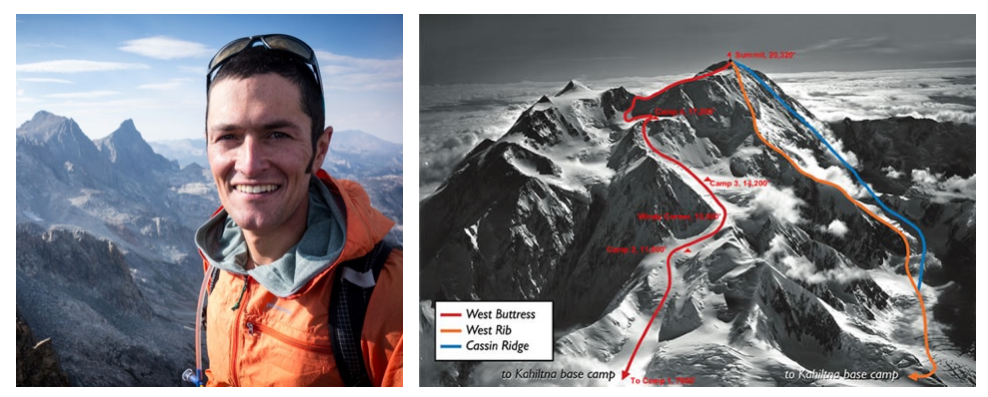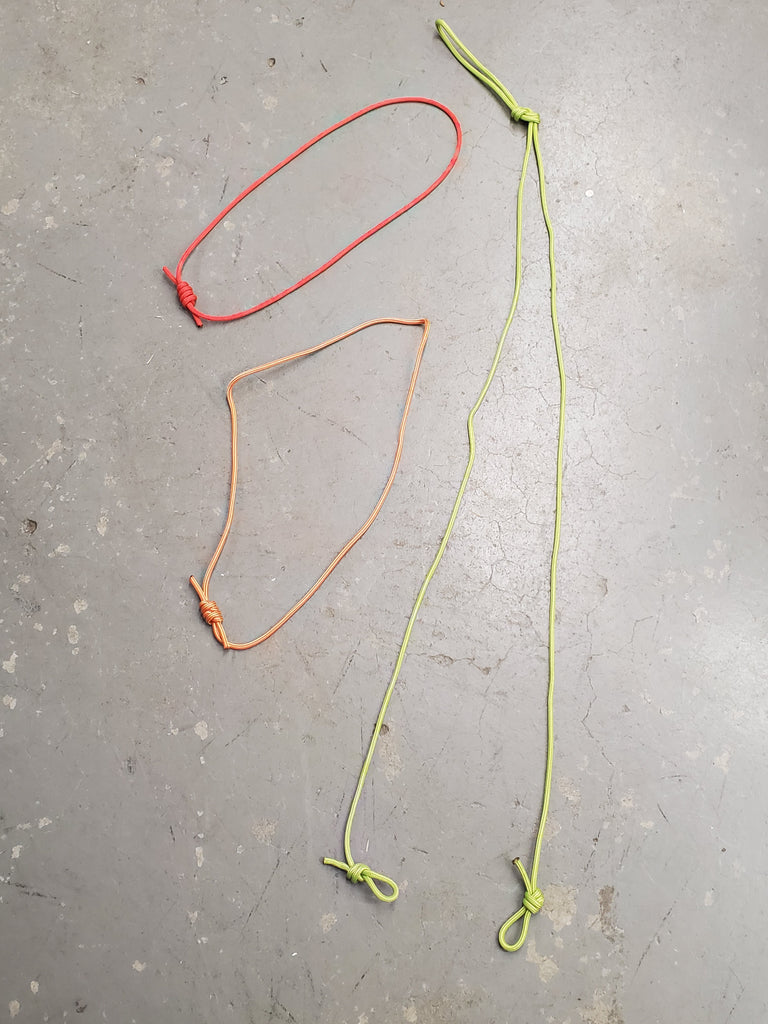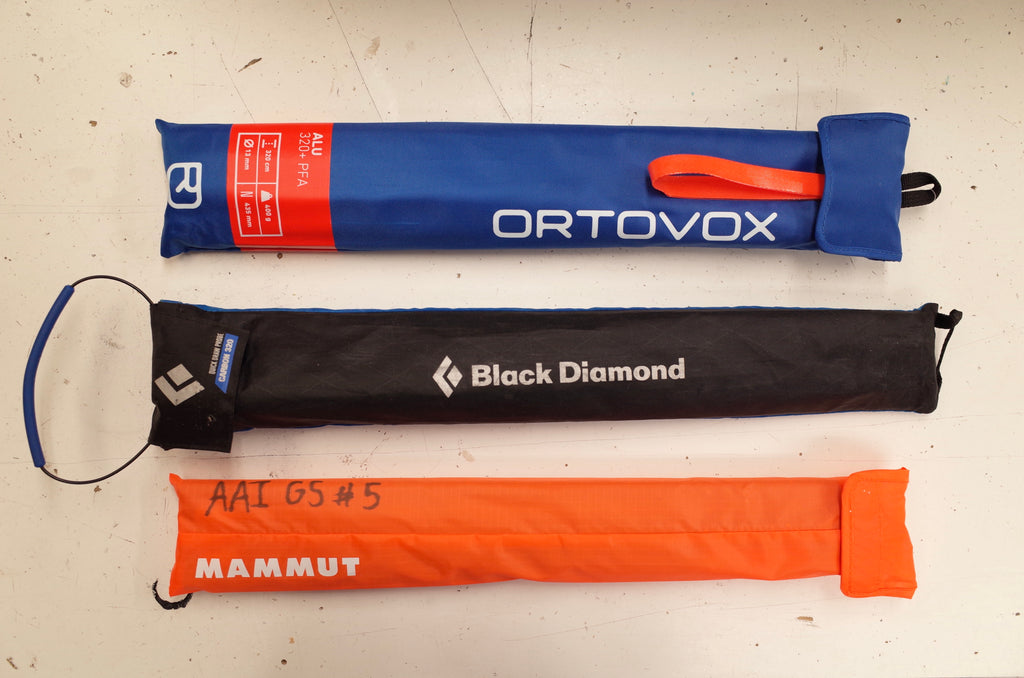Equipment Shop Blog RSS
Ian McEleney's Denali Clothing System
Clothing systems should be built around the weather and conditions expected on the trip. My clothing system on Denali needs to protect me from the wind, the sun, and really cold temperatures. While doing this it needs to breathe (particularly on the lower mountain), not hinder my dexterity or visibility, be easy to use, and be light. Every climber will find a different clothing system that works for them; I’m sure some of my more experienced peers will balk at some of my picks, as I would at theirs. With that in mind, here’s a bit about my experience and...
Guides Choice Awards :: 2020
The American Alpine Institute is excited to announce the Guides Choice award winners for 2020! The Guides Choice has been a highly valued award for over 20 years, and truly represents the pinnacle of industry leading outdoor gear. While based in the Cascade range of Washington, testing takes place all over North and South America, from Cotopaxi and Aconcagua to Red Rocks and the Sierra, and all the way up to Denali. While these products represent innovation and engineering at it's finest, they have also stood up to heavy use, with days-on-end in the field. Mammut Barryvox S The...
Carabiners for Crevasse Rescue on a Beginner/Intermediate AAI Course
Disclaimer – This is not meant to be a substitute for education, just some preliminary info for people climbing with AAI. Please take a course and get yourself educated before heading out there on your own. The images in this write up are not meant to be perfectly accurate representations of crevasse rescue, but rather a visual for students to see where carabiners will be implemented. ** The amount of carabiners needed to perform all rescues on beginner to intermediate level courses that teach crevasse rescue is 4 locking carabiners and 5 non-locking wire-gate carabiners. Locking Carabiners 1. Master Carabiner -...
What are my Prusiks used for on an AAI course?
**Prusiks pertaining to beginner and intermediate level crevasse rescue on AAI courses. Disclaimer – This is not meant to be a substitute for education, just some preliminary info for people climbing with AAI. Please take a course and get yourself educated before heading out there on your own. The images in this write up are not meant to be perfectly accurate representations of crevasse rescue, but rather a visual for students to see where the prusik cords will be implemented. *Prusik cords are attached to the climbing rope in such a manner, that friction allows it to "bite" or grab...
Tech Tips: How To Choose an Avalanche Probe
Avalanche probes aren't glamorous. Sure, you have choices between different materials like steel, aluminum, and carbon, but they're basic compared with other avalanche safety gear in your kit. I mean, when is the last time you were hyped on the release of a new probe? For most backcountry users, the probe simply lives in the pack, serving only as an emergency tool for locating a buried victim under the snow. But, aren't you just a little bit curious about what else your probe can do? For instance, why does it have a color coded mark at 30cm or a change in color at...





